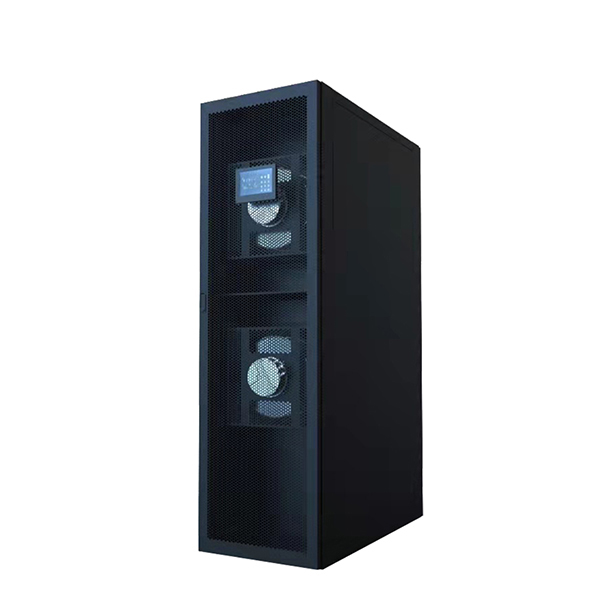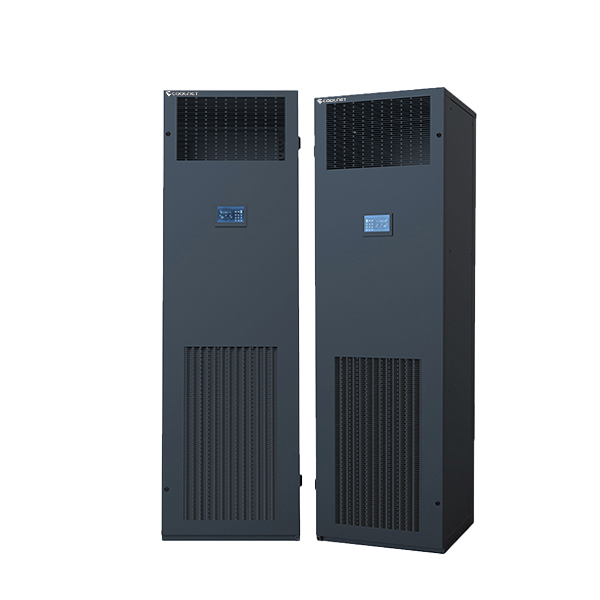Data centers play a crucial role in supporting modern technology infrastructure, making efficient cooling methods essential for optimal performance and equipment longevity. Two commonly used cooling approaches in data centers are CRAC (Computer Room Air Conditioning) and In-Row Cooling. In this article, we will provide an updated overview of CRAC and In-Row Cooling, delve into their differences, and discuss the advantages and disadvantages of each method.

What's In-Row Cooling and Computer Room Air Conditioning (CRAC) in Data Center ?
CRAC (Computer Room Air Conditioning):
CRAC, or Computer Room Air Conditioning, is a conventional cooling method widely employed in data centers. It involves cooling the entire data center space by conditioning the air and distributing it through raised floor systems or overhead ducts. Typically located outside the data center or in a dedicated equipment room, CRAC units draw in warm air from the data center, cool it using refrigeration systems, and supply the cooled air back into the space.
In-Row Cooling:
In-Row Cooling is a more recent cooling approach that has gained popularity, particularly in high-density data centers. Unlike CRAC, In-Row Cooling focuses on delivering cool air directly to the IT equipment. In-Row Cooling units are installed in rows between server racks, positioned either at the front or rear of the racks. These units draw in warm air from the hot aisle, cool it using refrigeration or chilled water systems, and release the cooled air back into the cold aisle, where it is then drawn into the servers' intakes.

Differences between CRAC and In-Row Cooling:
1. Location and Airflow Management:
- CRAC units are typically positioned outside the data center or in a separate equipment room, while In-Row Cooling units are placed directly within the server rack rows.
- CRAC cooling relies on raised floor systems or overhead ducts for air distribution, which can result in longer air paths and potential air mixing. In-Row Cooling delivers cool air directly to the equipment, minimizing air mixing and improving airflow management.
2. Efficiency and Energy Consumption:
- CRAC cooling may involve longer air distribution paths, leading to higher energy consumption and potential inefficiencies due to heat gain and energy loss.
- In-Row Cooling eliminates the need for lengthy air distribution paths, reducing energy consumption and improving cooling efficiency by delivering cool air directly to the equipment.
3. Scalability and Density:
- CRAC cooling offers flexibility in handling diverse cooling requirements in larger data centers, making it suitable for environments with varying heat loads and equipment configurations.
- In-Row Cooling provides better scalability and is particularly effective in high-density data centers where heat concentration is a concern. It allows for targeted cooling in specific areas where heat is generated.
4. Redundancy and Reliability:
- CRAC cooling systems often incorporate redundant units for backup, ensuring continuous cooling in case of a unit failure. This centralized redundancy provides a higher level of reliability for the entire data center.
- In-Row Cooling offers localized redundancy by having cooling units for each row of server racks. This localized redundancy minimizes the risk of cooling failure in specific areas and enhances overall system reliability.
CRAC and In-Row Cooling are two distinct cooling methods used in data centers, each with its own set of advantages and considerations. The choice between CRAC and In-Row Cooling depends on factors such as data center size, heat load, density, scalability requirements, energy efficiency goals, and specific cooling needs. Understanding the differences between these methods is crucial for data center operators to make informed decisions and ensure efficient cooling for their critical infrastructure. Stay tuned for more insights on cooling technologies and best practices in data center management.
In the ever-evolving world of data centers, choosing the right cooling solution is vital for optimal performance and reliability. Whether you opt for the traditional approach of CRAC or the targeted precision of In-Row Cooling, it's crucial to consider factors such as scalability, efficiency, redundancy, and specific cooling requirements. As a professional manufacturer of data center solutions and precision air conditioning systems, we understand the importance of tailored cooling solutions for your unique needs. Visit our website to learn more about our expertise in providing cutting-edge solutions and our wholesale export services. Trust us to keep your data center cool and your business running smoothly.
